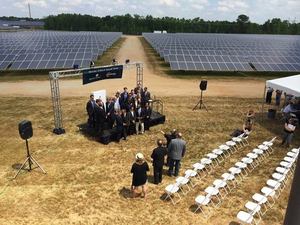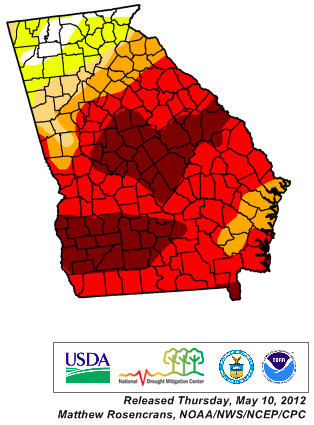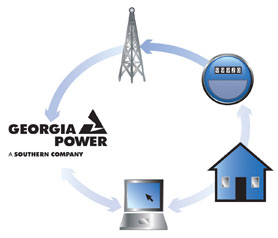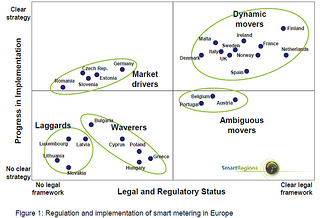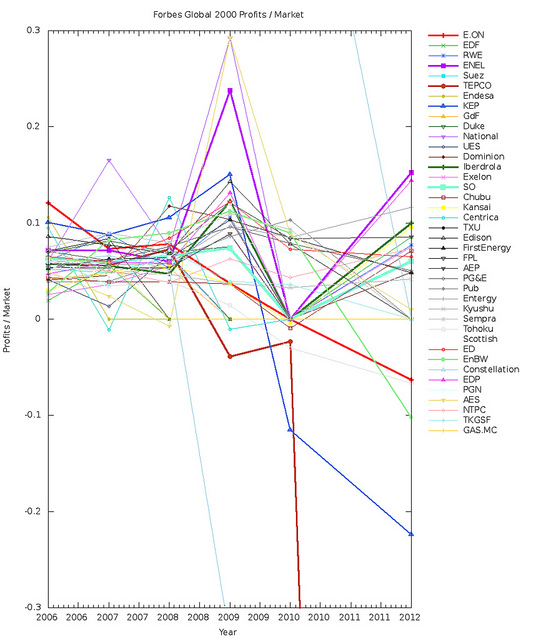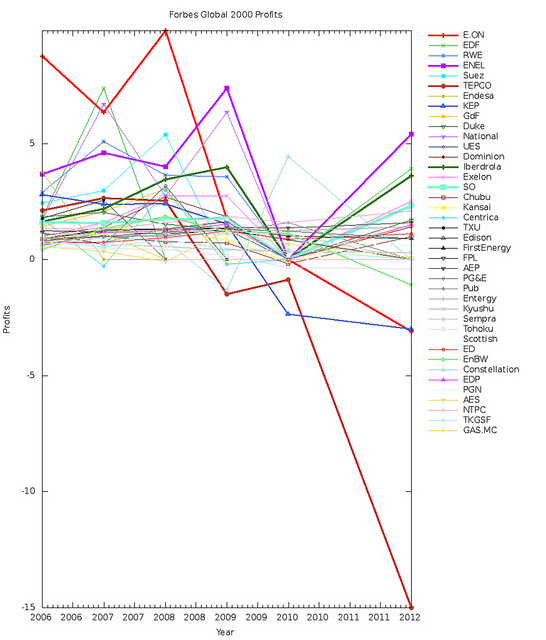So if heat waves already require spot buys of electricity at high prices and is already enabling a market in demand responses to bring down, even while most electricity in the U.S. still comes from big baseload plants such as coal, nuclear, natural gas, and hydro, why is Southern Company saying we have to wait on a smart grid to deploy solar and wind energy?
This is from an EnerNOC Press Release of today that is all over the net:
…on Thursday, June 21, EnerNOC was dispatched by eleven grid  operators and utilities across the US and Canada, including eight in Pennsylvania and New York, largely in response to a record heat wave across the northeast and mid-Atlantic regions that put strain on the grid and drove real-time energy prices in some regions to over $1,500 per megawatt hour, approximately 60 times higher than the previous week’s average prices. Demand response reduces the need for utilities and grid operators to procure additional supply at such high prices both by reducing overall demand on the grid and by targeting reductions in particularly constrained areas.
operators and utilities across the US and Canada, including eight in Pennsylvania and New York, largely in response to a record heat wave across the northeast and mid-Atlantic regions that put strain on the grid and drove real-time energy prices in some regions to over $1,500 per megawatt hour, approximately 60 times higher than the previous week’s average prices. Demand response reduces the need for utilities and grid operators to procure additional supply at such high prices both by reducing overall demand on the grid and by targeting reductions in particularly constrained areas.
So demand response is energy conservation through energy distribution efficiency.
Well, maybe demand response duing that heat wave was on a small scale. Or not:
“Nearly 1,200 commercial, institutional, and industrial energy users  in Pennsylvania, New York, Vermont, Ontario, and other constrained regions responded to Thursday’s dispatch, providing valuable capacity to the grid that helped to stabilize prices and reduce system strain,” said Tim Healy, Chairman and CEO of EnerNOC. “Our DemandSMART application, which streams real-time energy data from thousands of sites, showed demand quickly drop from the grid as our network was activated and allowed our customers to see the contribution they were making to grid reliability and reduced prices.
in Pennsylvania, New York, Vermont, Ontario, and other constrained regions responded to Thursday’s dispatch, providing valuable capacity to the grid that helped to stabilize prices and reduce system strain,” said Tim Healy, Chairman and CEO of EnerNOC. “Our DemandSMART application, which streams real-time energy data from thousands of sites, showed demand quickly drop from the grid as our network was activated and allowed our customers to see the contribution they were making to grid reliability and reduced prices.
So sure, this is a press release from the company that’s doing this electricity dispatch. But it’s verifiable, starting with the customer company contacts in the press release.
FERC Chairman Jon Wellinghoff pointed out years ago that
Continue reading →

![[Land Application Site]](http://www.l-a-k-e.org/govt/loco/2019-08-12--lcc-packet/map-las.jpg)

